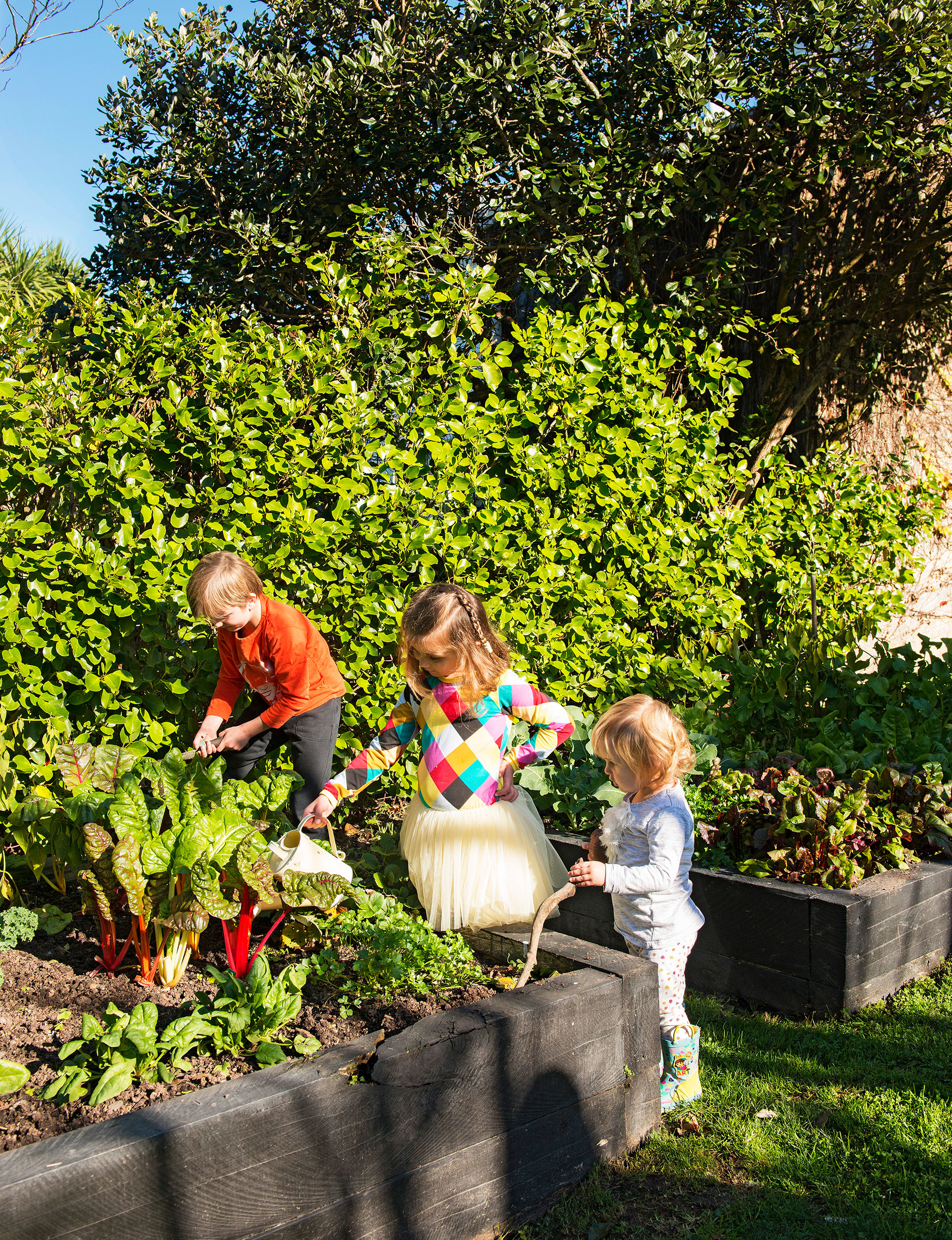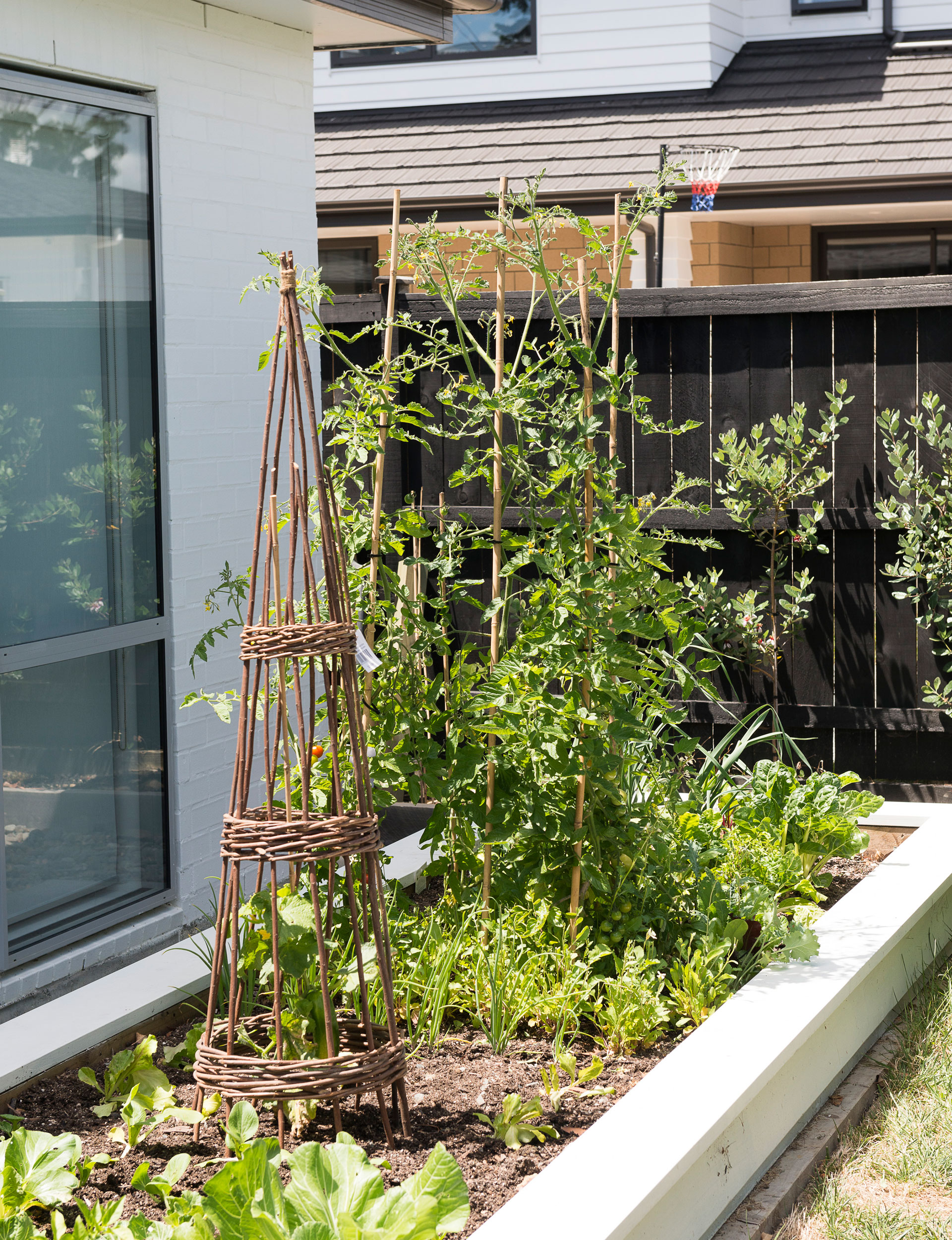What better way to start the New Year than creating your own kitchen garden. Here are the best vegetables to plant, harvest and sow this January

Best vegetables to plant
Buy sweetcorn seedlings rather than sow seed if summers are short in your region, as sweetcorn needs around 14 weeks from seed to harvest. There are many different varieties with different temperature requirements so be sure to select one that is quick to mature. Heirloom varieties with different-coloured kernels are available from specialist suppliers such as Kings Seeds. Avoid hoeing around plants, as sweetcorn is shallow rooted.
Plant well-established cucumber seedlings now to ensure you have plenty of time for fruit to develop (in greenhouses in colder areas). Cucumbers are vines that will sprawl over the ground or climb up some kind of frame. If you are tight on space, the latter option is best. Experts say this increases crop numbers and also helps to keep slugs away and prevent disease. Another option is to grow apple cucumbers which are more productive for the space they need. They tolerate drier conditions and are great for kids to munch on straight out of the garden. Sweet little Lebanese cucumbers can be eaten skin and all.
If you’ve not had much success with growing eggplant, try one of the grafted varieties. They will produce more fruit more quickly than standard types – ideal for areas where there may not be enough warm sunshine or bees to set fruit adequately.
Best vegetables to harvest
Keep picking dwarf and runner beans every 2-3 days so plants produce more pods. To ensure continuous crops through summer, sow more seed every couple of weeks. You may get a second crop a week or two after the first if plants are healthy. Beans need moist soil so keep plants watered for best production, but avoid sprinklers in areas with high humidity.
Likewise, with cucumber, picking every couple of days makes sure older, bitter-tasting fruit does not stay on the vine. Cold weather and insufficient water during fruit formation can also cause that bitter taste in cucumbers.
Garlic is traditionally harvested on the longest day (22 December) but some prefer to wait until late January for maximum yield. Bulbs can double in size in the last few weeks of growth.
The flavour of herbs is at its most intense in summer so throw handfuls of coriander, mint, parsley, sage, rosemary and thyme into salads and cooked dishes as often as you can. It’s one of the easiest ways to boost the nutrition levels and taste of food.
Plums, peaches, nectarines and other stone fruit should be ripening in many places. If the birds are attacking fruit, net trees or pick fruit a little hard and let it ripen inside.
Potatoes can be harvested after flowering and when tops turn yellow and die down. Only dig up the plant you need as spuds will keep growing until all the leaves have completely died. But don’t leave any tiny tubers in the ground as they’ll sprout and potentially attract pests and diseases.
Best vegetables to sow
New Zealand spinach or kokihi is more heat tolerant than traditional spinach but tastes similar. Sow seed direct into the garden into well-drained soil that has been amended with plenty of homemade compost, animal manure or other organic material. New Zealand spinach prefers full sun but will tolerate some shade. Water seedlings well when they emerge.
Coriander can be sown now but not in very hot gardens as plants tend to put their energy into flowering rather than producing lots of leaves. At this time of year part shade is best in well-drained soil that is not super fertile. Water regularly.
Sow winter greens such as broccoli, Brussels sprouts (cooler areas), cabbage, cauliflower, kale, leeks and silverbeet into punnets or trays to be planted out when summer crops have finished. In colder places plants need to be well established to cope once winter weather hits.
Keep sowing radish, courgette, beetroot and dwarf and runner beans for continual crops. Sow lettuces, rocket and other salad greens in a cooler part of the garden as they will quickly turn to seed and stop producing leaves in hot weather. Feed regularly with liquid fish or seaweed fertiliser (or similar) and give seedlings plenty of water.
Sow pumpkin and squash in well-drained soil that’s rich in organic matter. If space is tight, choose varieties such as Yates Golden Nugget.
Words by: Carol Bucknell.
EXPERT PROJECTS

Create the home of your dreams with Shop Your Home and Garden
SHOP NOW












